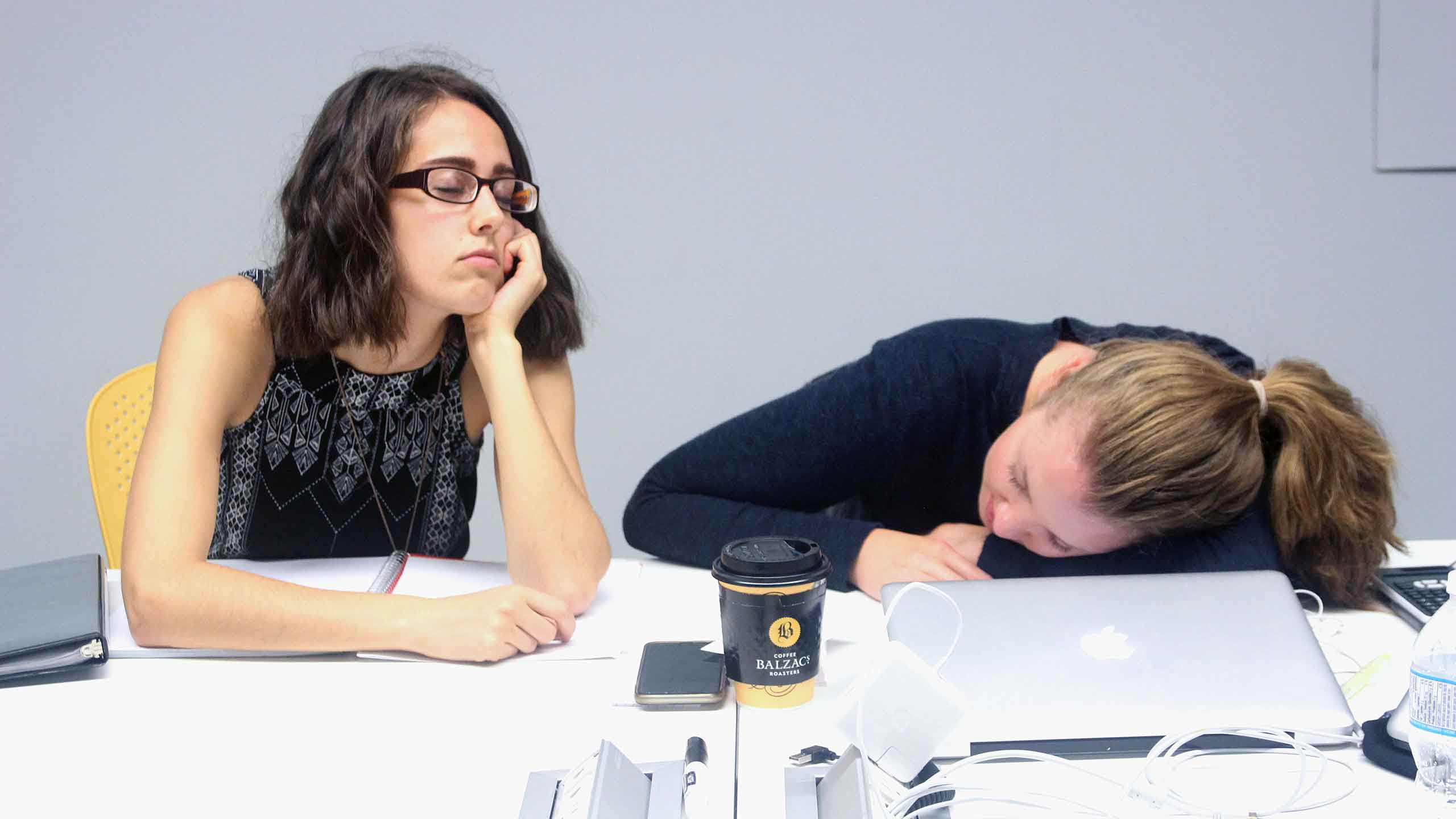By Laura Howells
Bored of long lectures? Ryerson is too. Experts at the university are encouraging professors to break away from traditional lecture formats and experiment with new ways of teaching.
“Everybody’s on board with the fact that we need to teach students differently,” said Curtis Maloley, educational developer at Ryerson’s Learning and Teaching Office (LTO).
“Technology has impacted us in ways we maybe didn’t anticipate before, and older methods of teaching are a bit outdated.”
Maloley says most people have an attention span of less than 15 minutes, so lecturing for even half an hour is often too long.
He’s part of a team of people at the LTO organizing workshops and resources to help profs break away from the old “sage on the stage” model.
Instead, the office is pushing alternatives like the “flipped classroom,” where students watch short lecture videos at home, then spend class time having discussions or doing activities.
This makes students more engaged, Maloley says, and more likely to actually soak up material.
They’re also pushing for more experiential learning, where students get out of the classroom and learn through real world interactions, such as internships or field trips.
A 2013 study conducted by the National Academy of Sciences of the United States of America says that students learning in traditional lecture settings are 1.5 times more likely to fail than students using “active learning methods.” The study also says this is even more prominently true in science, engineering and mathematics.
The study cites a range of examples of active learning from clicker quizzes, simply calling on students to participate randomly or breaking lectures into much smaller groups so students can clarify their understanding with each other.
Space and time constraints mean Ryerson can’t do much about long, three hour classes, but they’re encouraging professors to break that time into chunks and switch up their teaching methods.
The LTO organizes around 20 teaching workshops for faculty every semester, and Maloley said usually 30 to 50 people show up.
But as students know, long lectures are often the norm—especially in lower level classes.
Teaching workshops aren’t mandatory at Ryerson, and professors who don’t want to change don’t have to. Maloley, however, is hoping universities can train future professors to be better teachers from the start.
The LTO runs a professional development program for grad students that trains them in how to teach—something profs don’t necessarily have to know.
“Hopefully you’re creating a culture where people are being trained at the ground level,” he said.
Maloley said the program has been popular for the last few years, with roughly 70 new grad students enroled this semester.
Psychologists have said that there are inconsistencies surrounding just how long the average student’s attention span is. But an article in the 2010 Journal of Chemical Education said that students begin to have short attention lapses as early as six minutes into a lecture. These lapses last about a minute, and recur at a higher frequency as the lecture gets longer.











Leave a Reply